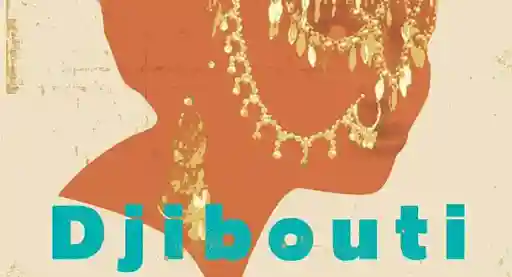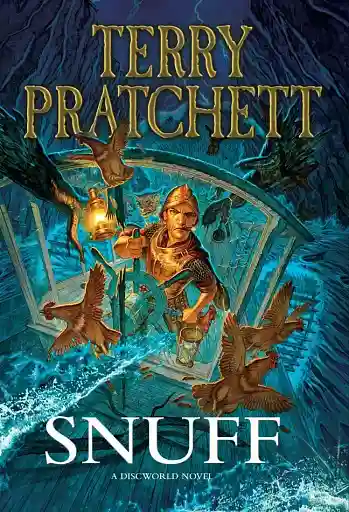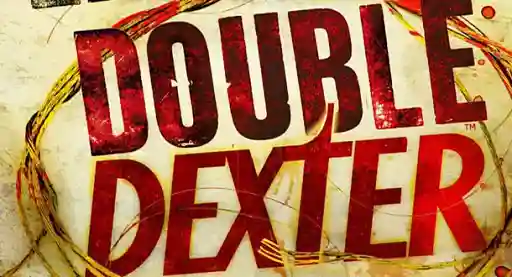Bookshots: Pumping new life into the corpse of the book review
Title:
The Sandman: Overture Deluxe Edition
Who wrote it?
Neil Gaiman, but we shouldn’t fail to mention the amazing artwork by J.H. Williams III.
Plot in a Box:
This universe, along with four hundred billion others, is about to succumb to the void. Dream goes on a quest to keep the time of worlds open a little longer.
Invent a new title for this book:
The Sandman: Overture Deluxe Edition
Read this if you like:
Alan Moore’s Watchmen, Roger Zelazny’s The Chronicles of Amber, Juan Rulfo’s Pedro Paramo, or Grant Morrison’s The Multiversity.
Meet the book’s lead:
Dream of the Endless, who manages the dreaming world of our universe.
Said lead would be portrayed in a movie by:
Apparently said lead will in fact be played by Joseph Gordon-Levitt.
Setting: would you want to live there?
We already do. This setting is in conscious and unconscious identity, dreaming and waking, in this universe and others, but for all of the discussion in it about borders between these things, the artwork’s breath-taking and page-spanning images make us feel as if borders are foolish notions and we, like the characters, occupy all these places at once.
What were your favorite sentences?
Neil Gaiman writes about some heady ideas in simple, beautiful sentences like:
Time goes in so many ways […] It runs. Sometimes it even flies. But as for telling the time…sometimes what time tells us is for it alone to know.
But not enough good things can be said about the artwork. I could spend hours simply looking at this book.
The Verdict:
I’m going to take more space here than I usually do. It wouldn’t be fair not to talk about the writing and the artwork in a graphic novel.
The first layer on which we can appreciate this book is in our own personal way, thinking about identity. Gaiman personifies abstract concepts like Dream, Glory, Despair, Desire, etc. in such a way that makes them concrete and easier to contemplate. For instance, this graphic novel asks important questions of identity. If we can be someone else in our dreams, why are we so certain that “I” always means the same “I” in our day to day lives?
The graphic nature of this novel means a second layer of appreciation is the handling of time and narrative sequence. In the opening of chapter two: we see a four story house with the wall cut away so that we can see each floor. Two characters are in conversation with each other on each floor of the house, and on each floor of the house their conversation has progressed through time…but we are viewing them all simultaneously. “That’s funny”, one character says. “I don’t remember what I ate. Me mind still all at sixes and sevens”. Our minds, are also at sixes and sevens, and we don’t always remember what we have just consumed. This book is so skillfully constructed both in its writing and its artwork, that we experience dream-states the way we experience our dreams. The blending of historic modes (futurism, surrealism, psychedelic even some Dadaism in the layers of material being used to form the images) make sense here because styles grow out of social concerns across time, just as one could say dreams and nightmares do. Dreams, like myths, can’t be, or shouldn’t be, if we want to get the most out of them, read just from front to back but also from top to bottom.
Like music. Hence the title Overture is even well chosen. An overture is an introductory piece to something more substantial, but in this piece, and like that house I mentioned: time is substantial. At one point in that house we see a clock very similar to the clock image made famous by Dali, as it stretches and bleeds. Gaiman writes “Time goes in so many ways” […] “It runs. Sometimes it even flies. But as for telling the time…sometimes what time tells us is for it alone to know”. While this overture does technically tell an origin story for the series, I think we should take the title Overture as a kind of wry joke. In a piece where time goes so many ways, and a piece where characters can be the other and the self at the same time, I think Gaiman is hinting to us that this overture is not simply an introduction to a story that is more substantial. This overture can be that introduction, but it can also be the whole thing.
The final layer I appreciated in this will appeal to readers of anything from epic to urban fantasy, science-fiction, steam-punk, western/adventure, romance, and superhero. The plot often reconstructs popular genre threads and deconstructs them again. But what less would you expect from the Prince of Stories? And by that I don’t mean the character Dream (that's one of his many names too), I mean Neil Gaiman. You can enjoy The Sandman for its use of the myths we tell and retell through the popular genres (all of which you will find here, believe me). But you can also go one step further and enjoy puzzling out what Gaiman has decided to do differently. In one story thread he provides the western tale of the wanderer who saves the orphaned girl from bandits in a shootout that he wins not by violence but by enforced sleep; violence of the mind, he reassures the girl who wants vengeance for her “pa”, is worse than death. That girl asks to be told a story and we’re told a fairy-tale about not a kingdom but a queendom, and a prince who has to be saved by a princess who calls the prince beautiful, but not too bright.
And then there is... I'll stop. I guess what I’m saying is, I loved this book. I think you will too.

About the author
Christopher David Rosales is the author of SILENCE THE BIRD, SILENCE THE KEEPER, which recently won the McNamara Grant and was short-listed for the Faulkner-Wisdom Award. Most recently his work is forthcoming in 5280: Denver's Magazine. Rosales is a Writer-In-Residence at Colorado Humanities Center for the Book, and a Professor at The University of Colorado at Boulder and Metro-State University, Denver. He is the Fiction Editor of SpringGun Press, and the Founding Instructor at The Boulder Writing Studio. Lindsey Clemons, at Larsen Pomada Literary Agency, represents his novels.







